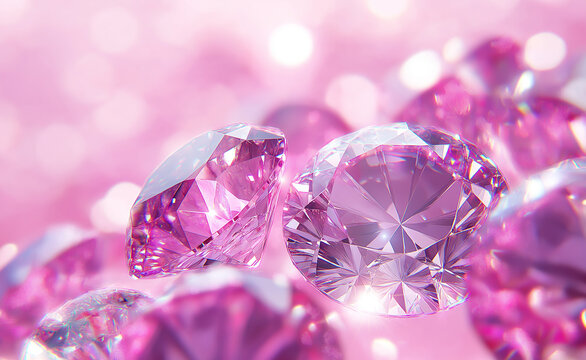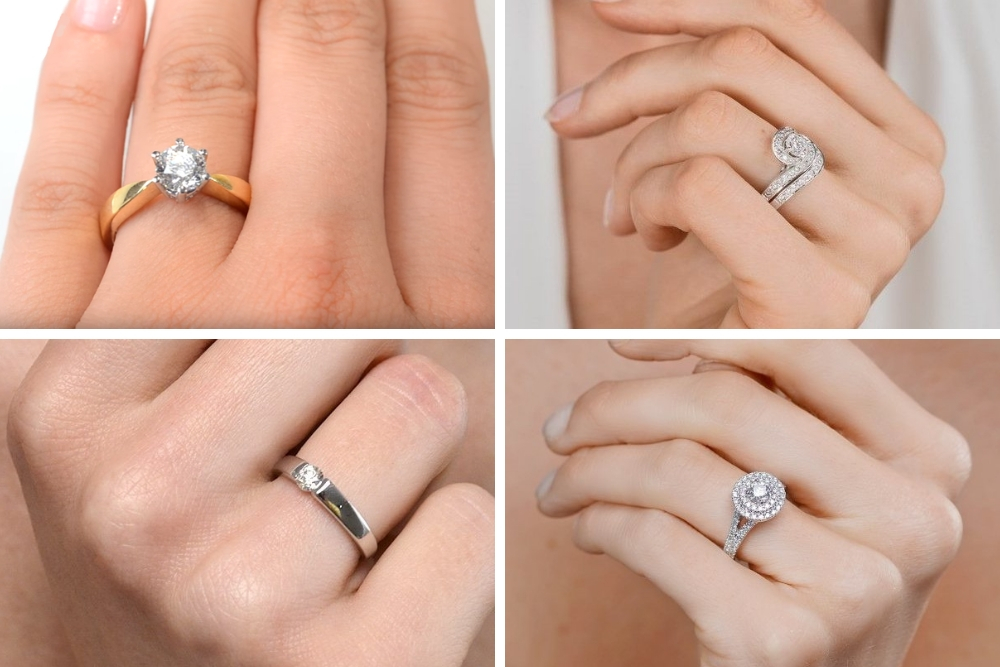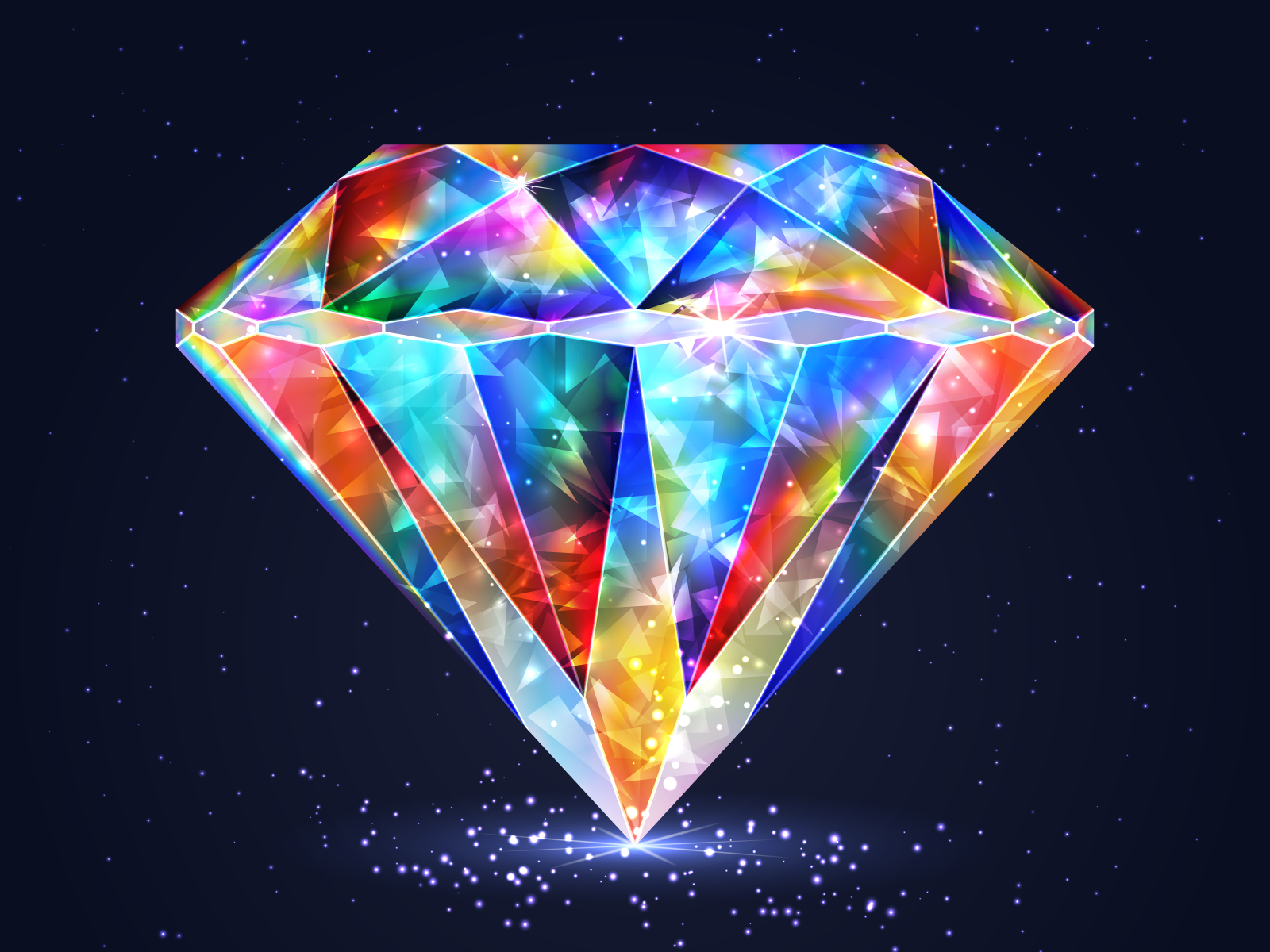When shopping for diamonds, one of the most important decisions you will make is choosing the right certification. Two of the most well-known and respected gemological institutes in the diamond industry are the International Gemological Institute (IGI) and the Gemological Institute of America (GIA). Both offer diamond grading services that assess the quality of diamonds based on the 4Cs: cut, color, clarity, and carat weight. However, there are distinct differences between IGI and GIA in terms of grading methods, reputation, and the overall impact on diamond value. In this article, we will compare IGI vs GIA to help you make an informed decision when purchasing a diamond.
Table of Contents
What is IGI and How Does It Grade Diamonds?
The International Gemological Institute (IGI) is a gemological organization that has been in operation since 1975. IGI is one of the largest independent gemological laboratories in the world and provides a range of services, including diamond grading, colored gemstone grading, and jewelry certification. IGI has a global presence with laboratories in over 20 countries, offering certificates for diamonds of various shapes, sizes, and quality levels.
IGI’s grading process evaluates diamonds based on the 4Cs, similar to other grading organizations. They use advanced technology and a team of experienced gemologists to assess the cut, clarity, color, and carat weight of each diamond. IGI’s grading report includes detailed information about the diamond’s characteristics, and it provides an accurate description of the stone’s quality.
While IGI is a reputable organization, it is often considered to be slightly more lenient in its grading practices when compared to the GIA. This can sometimes result in IGI-graded diamonds appearing to have a higher quality grade than those graded by other institutions. This is one of the key differences to keep in mind when choosing between IGI and GIA.
What is GIA and How Does It Grade Diamonds?
The Gemological Institute of America (GIA) is widely regarded as the gold standard in diamond grading and certification. Established in 1931, the GIA has built a reputation for providing consistent, reliable, and unbiased grading reports for diamonds and gemstones. The GIA is known for its rigorous standards and is considered the most authoritative gemological institute in the world.
The GIA grading system is highly respected in the diamond industry and is often considered more stringent than other organizations, including IGI. When a diamond is graded by the GIA, it undergoes a thorough assessment by professional gemologists who use advanced technology and precise techniques to evaluate the 4Cs. The GIA’s diamond grading reports are widely accepted by jewelers, appraisers, and consumers, and they play a significant role in determining a diamond’s value in the market.
Key Differences Between IGI and GIA Grading
While both IGI and GIA provide diamond grading services, there are a few key differences between the two institutions that can impact a buyer’s decision. One of the most significant differences is the level of strictness in grading. The GIA is known for its more conservative grading practices, meaning that diamonds graded by the GIA are often held to higher standards and may receive lower grades for certain characteristics, such as clarity and color, than diamonds graded by IGI.
For example, a diamond that receives an Excellent cut grade from GIA may have a slightly different appearance compared to one that receives the same grade from IGI. This difference can lead to discrepancies in how diamonds are priced and valued. Buyers should be aware of these differences and understand that a diamond graded by IGI may appear to be of a higher quality than a similarly graded diamond from GIA, even if the two diamonds are identical in quality.
Another key difference is the reputation of the institutions. The GIA is universally regarded as the most respected and trusted diamond grading institution in the world. Its grading reports are widely accepted and used by jewelers and diamond retailers, which contributes to the high level of confidence consumers have in GIA-certified diamonds. On the other hand, while IGI is also a respected organization, it does not have the same level of industry-wide recognition as the GIA. This may affect how diamonds graded by IGI are perceived in terms of their value and quality.
IGI vs GIA: Which Certification Should You Choose?
When deciding between IGI and GIA, it’s important to consider several factors, including the level of strictness you prefer, your budget, and the type of diamond you are purchasing. If you are looking for a diamond with the highest level of scrutiny and want to ensure that the grading is as rigorous as possible, then a GIA-certified diamond may be the better choice. GIA’s reputation for accuracy and precision in grading makes it the preferred certification for many buyers, particularly those looking for an investment-grade diamond.
However, if you are looking for a more affordable option and are comfortable with a slightly less stringent grading process, then an IGI-certified diamond may be a good choice. IGI diamonds are often priced lower than GIA lab created diamonds, even if their quality is comparable. This can make IGI diamonds a more budget-friendly option for those who are looking for a beautiful diamond at a lower price point.
Ultimately, the decision between IGI vs GIA comes down to your personal preferences and priorities. Both institutions provide reliable and accurate diamond grading, but GIA is generally regarded as the more trusted and respected organization in the industry. If you want the peace of mind that comes with the most recognized grading system, then GIA is the clear choice. However, if you’re looking for a more cost-effective option without sacrificing too much quality, an IGI-certified diamond may be a great alternative.
How Does the Grading Affect the Price of Diamonds?
The grading of a diamond directly impacts its price, with diamonds graded by GIA typically commanding a higher price due to the institute’s reputation for precision and accuracy. While diamonds graded by IGI may offer a similar level of quality, they tend to be priced lower because of the perception that IGI is more lenient in its grading. This price difference is something to consider when choosing between IGI and GIA, as it can affect your overall budget and the value you’re getting for your money.
However, it’s important to remember that the diamond’s actual quality should be your primary consideration. Whether the diamond is graded by IGI or GIA, it’s essential to ensure that the diamond meets your standards and is within your budget. Both IGI and GIA-certified diamonds can offer exceptional beauty and value, so long as you choose a diamond that meets your specific needs and preferences.
Conclusion: Making the Right Choice Between IGI and GIA
In conclusion, the debate between IGI vs GIA comes down to the level of grading strictness and the importance of certification reputation. While GIA is known for its higher standards and widespread recognition, IGI offers a more affordable option for those who are comfortable with a slightly more lenient grading system. Regardless of which certification you choose, it’s crucial to prioritize the quality of the diamond itself and ensure that it meets your specific needs and budget. By understanding the differences between IGI and GIA, you can make a more informed decision and find the perfect diamond for your engagement ring or jewelry collection.


 The Importance of Choosing a Board-Certified Dermatologist
The Importance of Choosing a Board-Certified Dermatologist  Loose Lab Created Diamonds: The Future of Sustainable Jewelry
Loose Lab Created Diamonds: The Future of Sustainable Jewelry  Engagement Rings: A Sustainable and Ethical Choice for Your Proposal
Engagement Rings: A Sustainable and Ethical Choice for Your Proposal  About Novita Lab Diamonds: A New Era in Ethical and Sustainable Jewelry
About Novita Lab Diamonds: A New Era in Ethical and Sustainable Jewelry  Clean a Diamond Ring: Expert Tips for Maintaining Its Sparkle
Clean a Diamond Ring: Expert Tips for Maintaining Its Sparkle  IGI vs GIA: Understanding the Difference in Diamond Grading
IGI vs GIA: Understanding the Difference in Diamond Grading  How to Choose the Right Testosterone Replacement Clinic in Los Angeles
How to Choose the Right Testosterone Replacement Clinic in Los Angeles